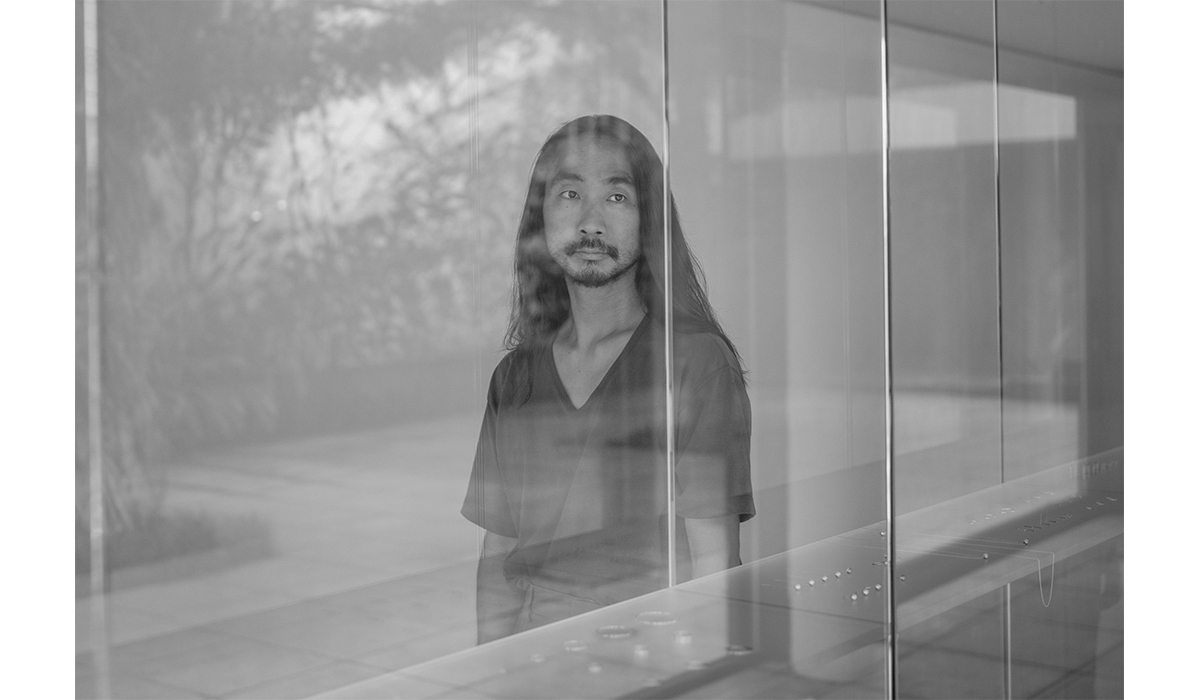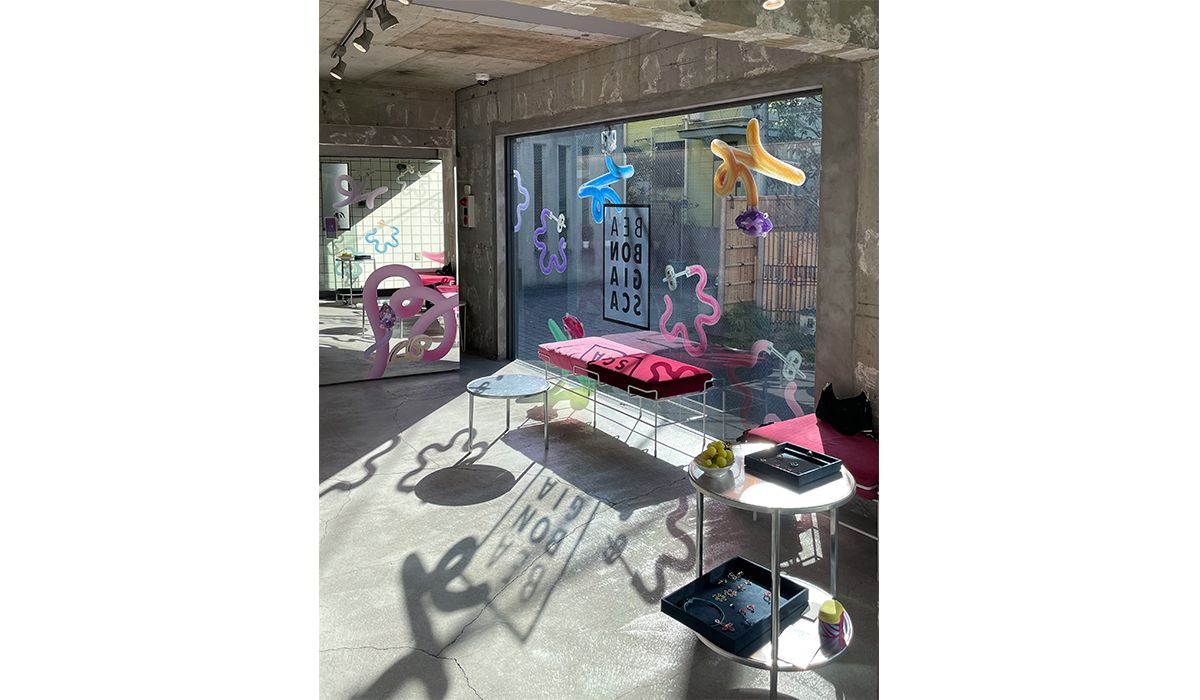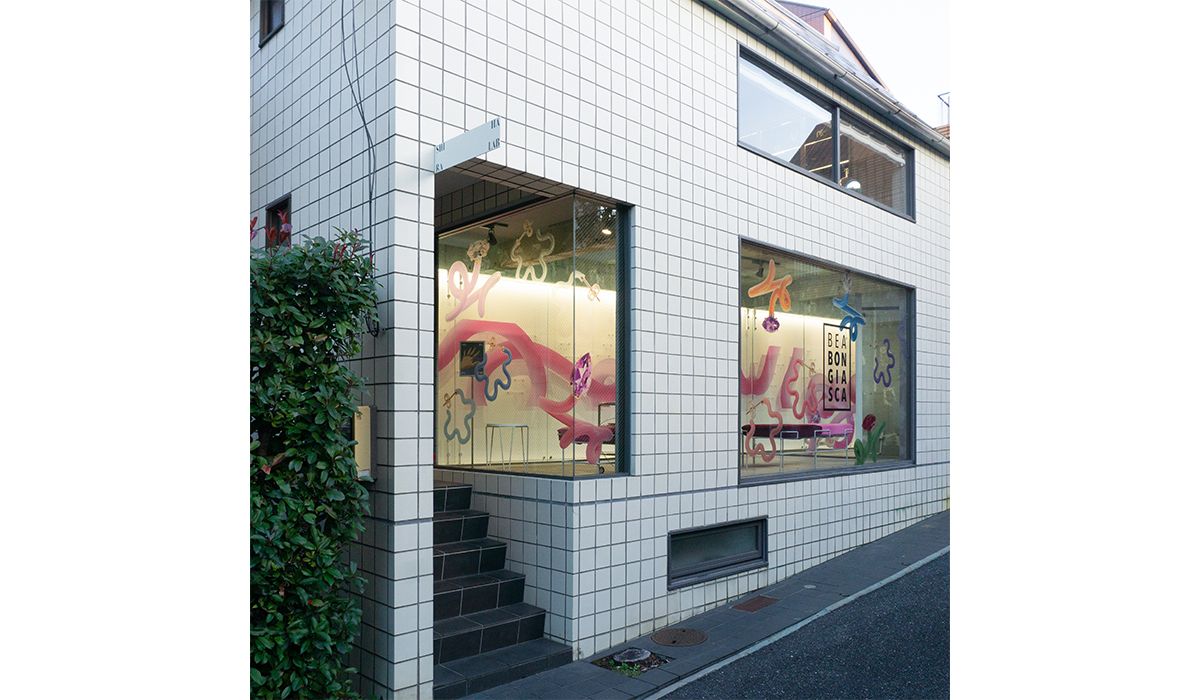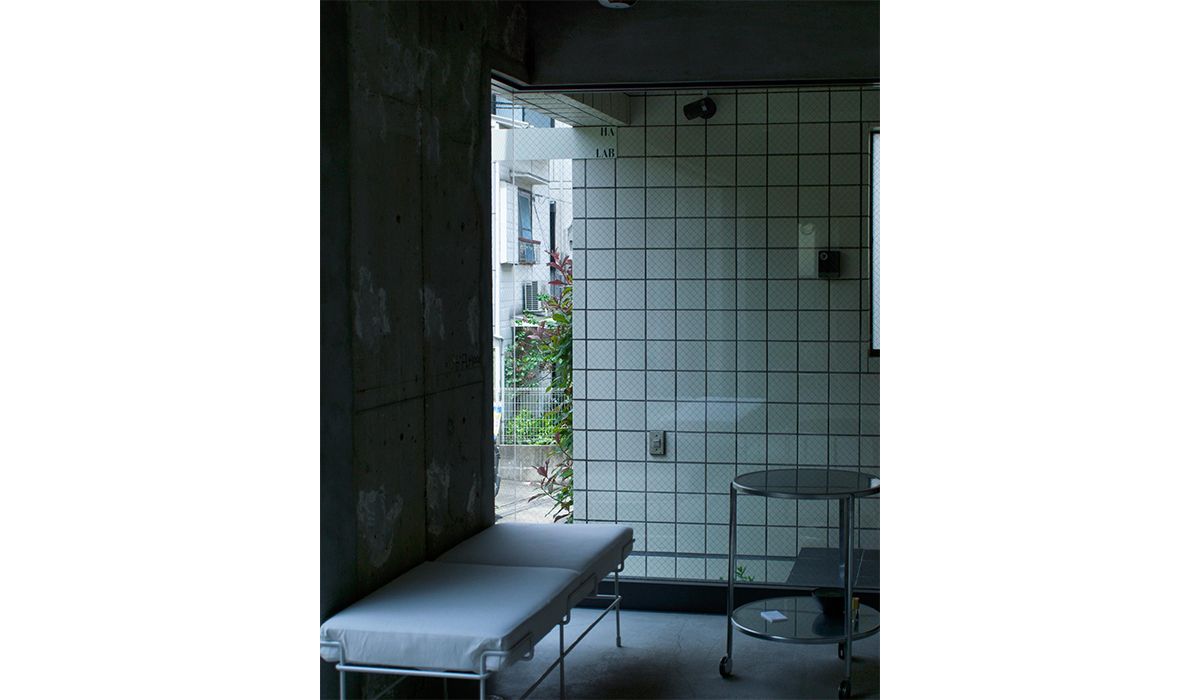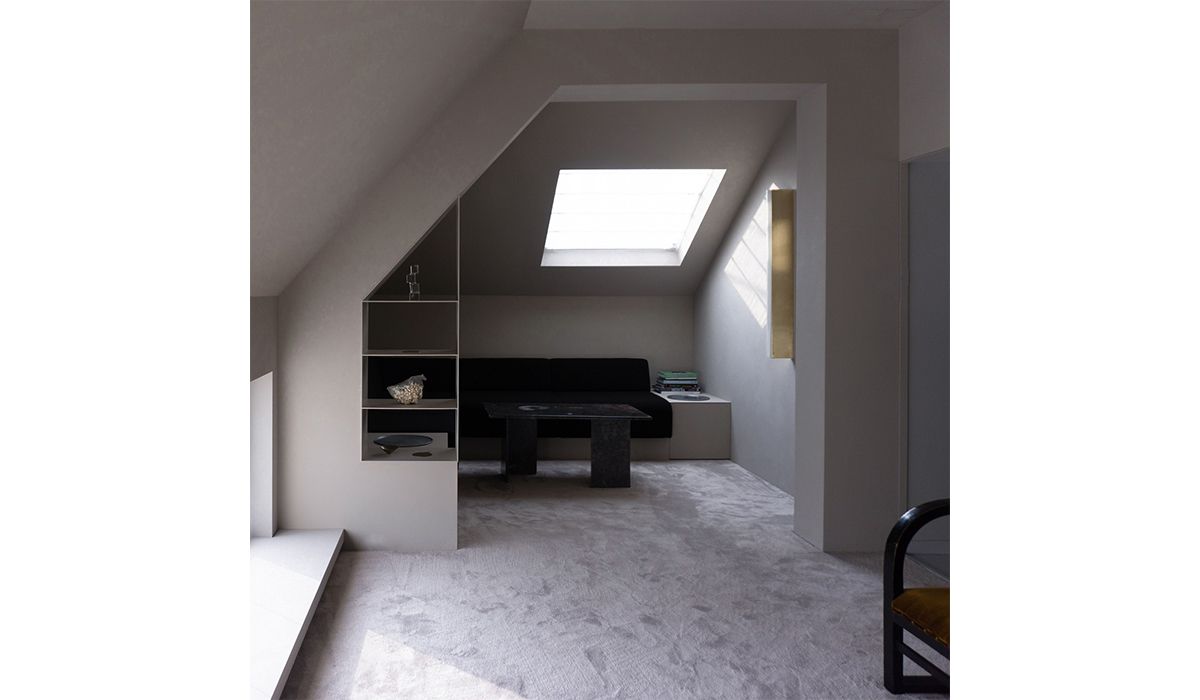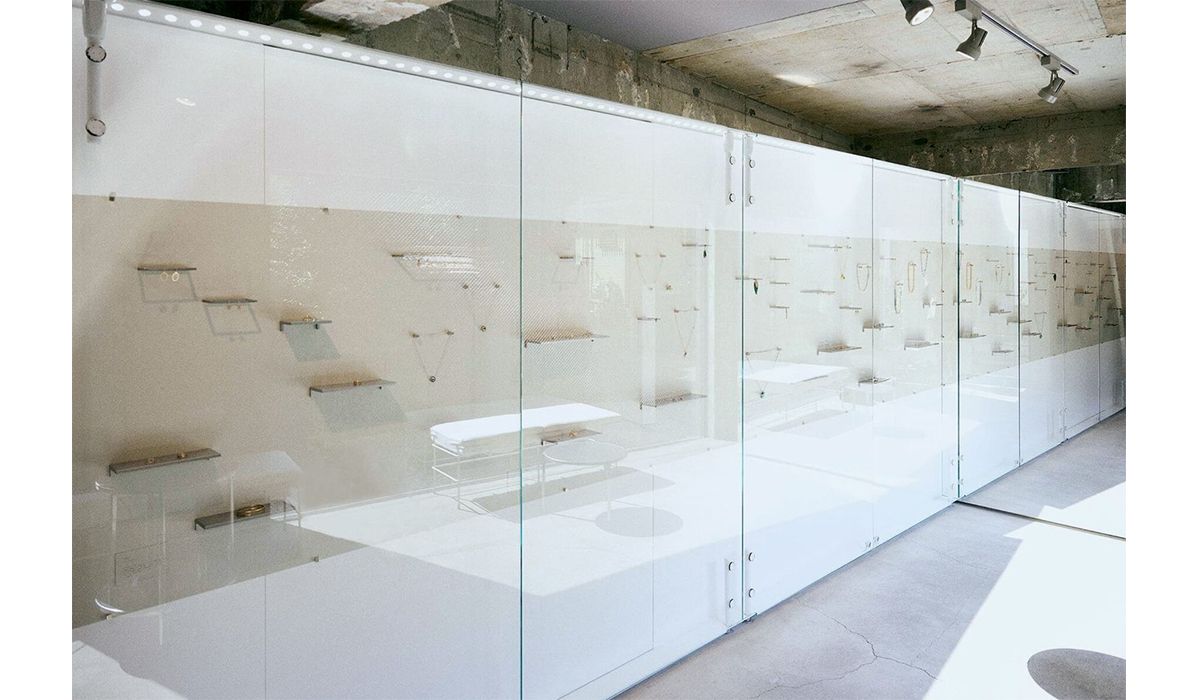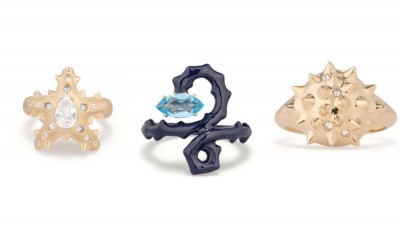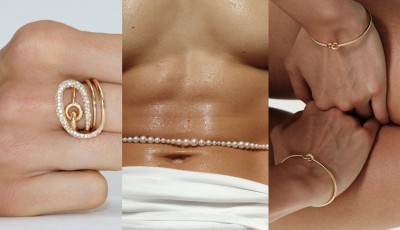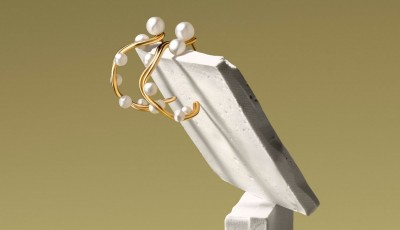Meet the Buyer: Shihara Lab in Tokyo
A concept store for less-known independent designers in Japan and a space to welcome the enthusiasts. This is the intention of founder and jewelry designer Yuta Ishihara
According to Spherical Insights research recently reported by the Financial Times, Japanese purchases of special occasion jewelry have propelled Japan to the second largest jewelry market in the world after the US. In fact, the size of the Japanese market was estimated at $9.62 billion in 2022 with a forecast of $28.25 billion by 2032. Bain & Company's own Luxury Report noted that luxury sales in Japan grew by 18% in 2022 and could increase in 2023. And while it is mainly special occasions that drive Japanese people's jewelry spending, there are those who want to challenge this macro-trend by bringing the creations of independent designers from all over the world into their Shihara Lab boutique-space, to make people understand that an item of jewelry should not be seen only as a decorative element, but as an extension of one’s personality. In this interview, Yuta Ishihara explains the philosophy behind this project and how he manages to combine his work as designer of the Shihara jewelry brand with that of a buyer.
How did the Shihara Lab project come about?
I am the designer of two jewelry brands, Shihara and Yutai. I run three Shihara boutiques - in Tokyo, Osaka and in Ginza at Dover Street Market - and as of this year, also Shihara Lab. Travelling around the world to promote and sell my two brands, I realized that the many talented independent designers with whom I often found myself sharing experiences were virtually unknown to the Japanese market. Hence the idea of launching a space to promote relatively unknown designers in my country. A stable that now boasts the presence of Prounis, Nikollë, Radi, Alice Cicolini, Francesca Villa, Bibi van der Velden, Bea Bongiasca and my second brand, Yutai.
Why the name?
Originally Shihara Lab was the flagship of my first brand, Shihara. The name was meant to emphasize the value of innovative ideas and reflect this vision with the intention of pursuing an experimental concept. With the opening of a larger Shihara flagship store in Tokyo, it became a real concept store with a careful and well-curated selection of jewelry designers. Even the location, discreetly hidden in the Omotesando area, is like going on a treasure hunt. The atmosphere on the first floor is very elegant with walls equipped to display jewelry, while the second floor is designed as a lounge because the project aims to accentuate the individual beauty of each brand, creating an environment in which customers can spend a lot of time.
What is the target audience of the brands you select?
My selection is not driven by a specific target group. I want to propose brands that I find exceptional with the aim of introducing them to the Japanese public for the first time. The Japanese jewelry market is booming.
On what does it depend?
The luxury sector in general is growing considerably in Japan. Although the knowledge of independent brands like the ones I bring to Shihara Lab is very limited, my aim is to put them in front of the public eye so that people can choose and open up to the new.


